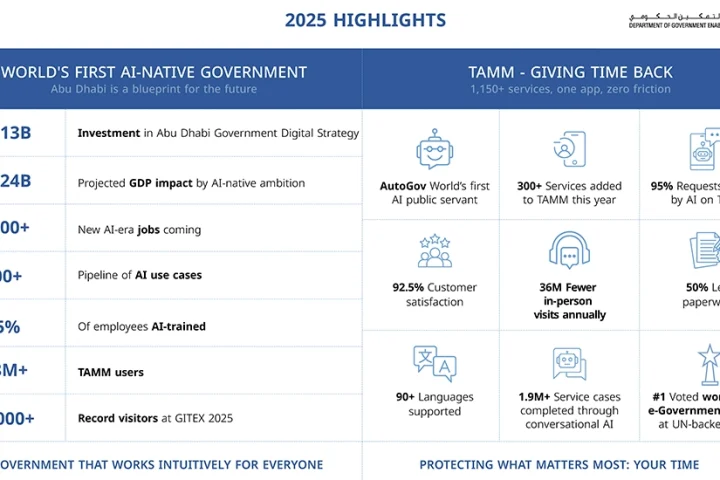The AI vendor race is restructuring the business of tech, and every tech provider must reevaluate what it takes to compete and win in this evolving landscape, according to Gartner a business and technology insights company.
With various AI vendor races taking place across the AI technology stack (see Figure 1), Gartner is examining which vendors are positioned to win these races, ranging from large vendors, to rising contenders to new entrants.
In the Gartner report The AI Vendor Race: What It Takes to Win in Volatile Conditions, Gartner analysts explain that traditional provider-enterprise value relationships will not drive AI adoption, and it isn’t sufficient to sell an AI tool and expect customers to find value.
“The AI vendor race is not a single race with a clear finish line, but rather a series of overlapping competitions, where the endgame can range from market leadership to technological breakthroughs, or simply maintaining relevance,” said Anthony Bradley, Group Vice President at Gartner.
“Vendors must pay close attention to the frequent shifts in the market to gain advantage and protect their position,” said Bradley. “It requires an understanding of competitor capabilities and their demonstrated and likely moves in the race. Vendors must also have a deep understanding of AI adoption behaviors and how they’re positioned in the race against competitors to meet or even drive demand.”
The AI race is always changing. GenAI advantages are eroding much faster than other innovation cycles, putting more pressure on tech providers. For example, leaders face a rapidly maturing GenAI market, where in less than 36 months, GenAI capability will become a baseline requirement for offerings. In fact, every software market has already surpassed first-mover advantage, and by 2026, more money will be spent on software with GenAI than without.
The GenAI models market is projected to grow by 149.8% in 2025, surpassing $14 billion. By 2028, Gartner expects the market to stabilize at 38% annual growth, as GenAI becomes increasingly embedded in applications. Meanwhile, the global market for AI-optimized servers is expected to grow by 90.9% in 2025, and by 2027, nearly all premium computing devices will be AI-enabled.
“Providers must pivot from functional, use-case-oriented AI to approaches that deliver real business outcomes tied to mission-critical initiatives,” Bradley added. “Less than one in five GenAI projects will achieve their desired business value through 2026. To close this gap, product leaders need to integrate targeted business outcomes into product engineering, marketing, and implementation. Those who fail to make this shift will not remain competitive.”
























